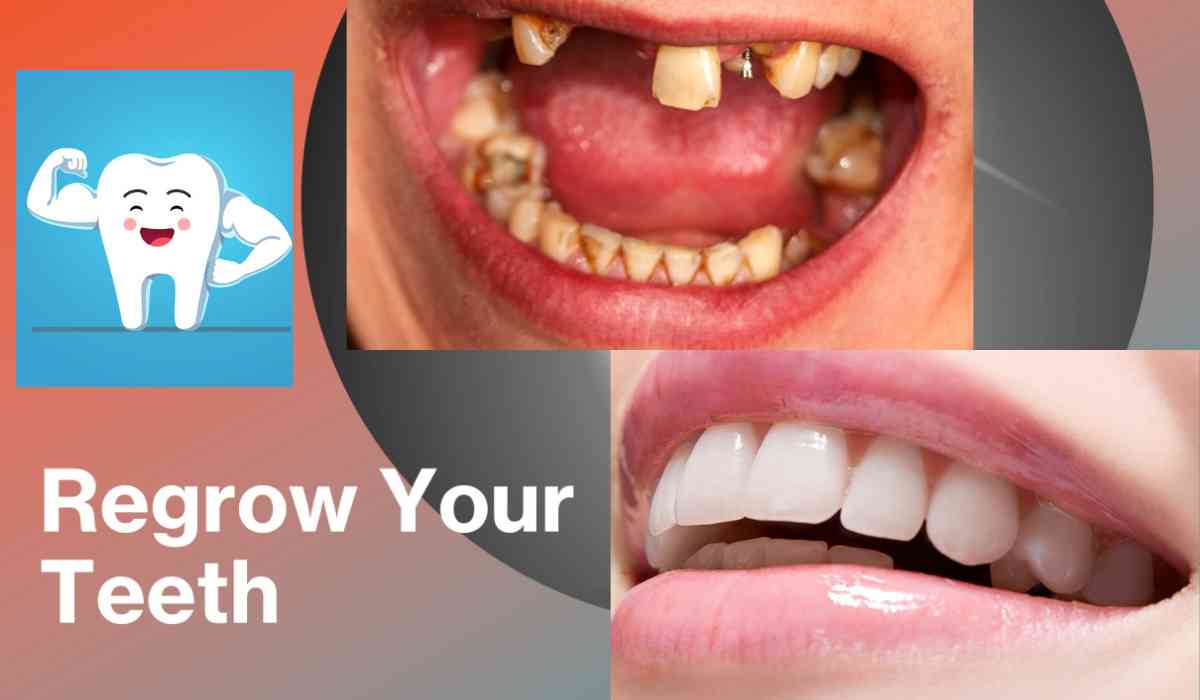Imagine a world in which losing a tooth is not a big deal. There will be no dentures or implants, simply your natural tooth restored to its proper position. This isn't some futuristic fantasy; Japanese researchers are on the verge of making it a reality. A team of experts led by Katsu Takahashi, chief of dentistry and oral surgery at Kitano Hospital, has produced a new drug that has the potential to restore human teeth. Human trials will begin in September, and if successful, this wonder medicine might be available to the public by 2030.
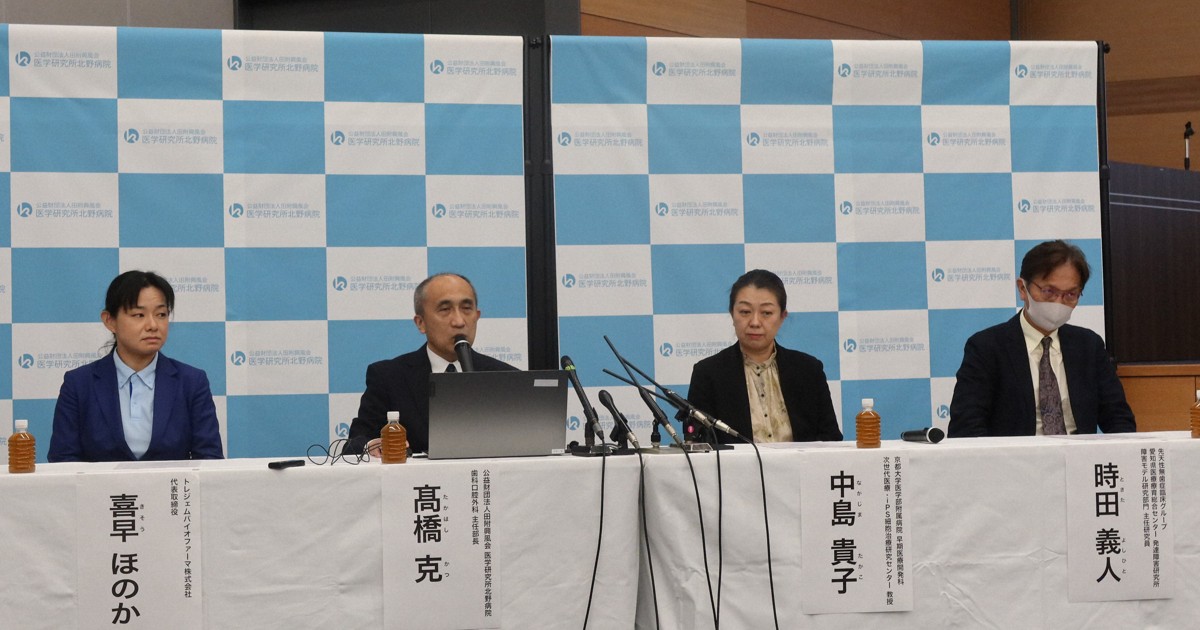
The Magic Ingredient of our Regrowth of Tooth:
A medication that targets the uterine sensitization-associated gene-1 (USAG-1) protein, which ordinarily inhibits tooth growth. By deactivating this protein, the medicine stimulates bone formation, resulting in a brand-new tooth. This novel technique is based on nearly two decades of research, with Takahashi and his colleagues at the forefront since 2005.
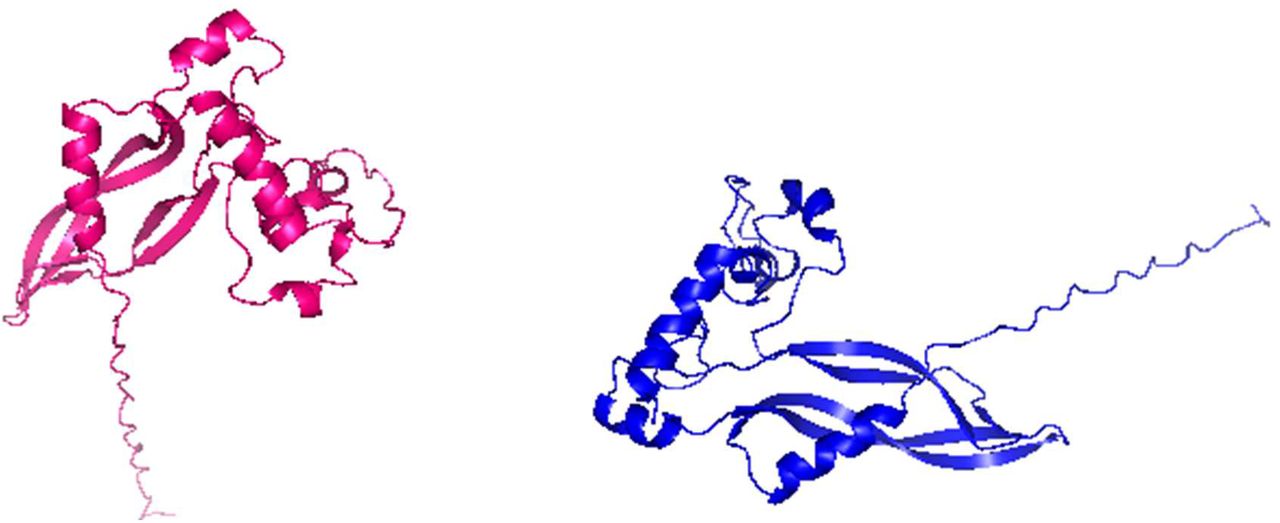
The USAG-1 protein plays an important role in tooth development, interacting with other proteins to prevent the formation of new teeth. The Japanese researchers discovered that inhibiting this contact not only ends the suppression but also stimulates the development process. This was originally proved in ferrets and mice, where the medication was extremely effective with no noticeable side effects. Researchers are enthusiastic about the USAG-1 protein's usefulness in humans because it acts similarly in humans and other mammals 97 percent of the time.
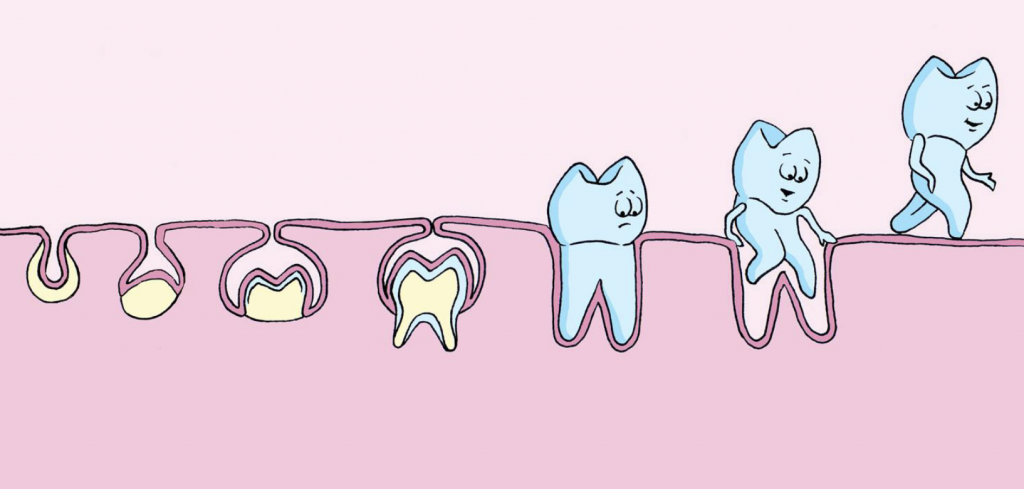
Trials and Tribulations:
The forthcoming human trials will focus on people who lack at least one molar. The initial phase will include 30 men aged 30 to 64 who will take the medication intravenously over 11 months. This will be an important step in demonstrating the treatment's safety and efficacy.
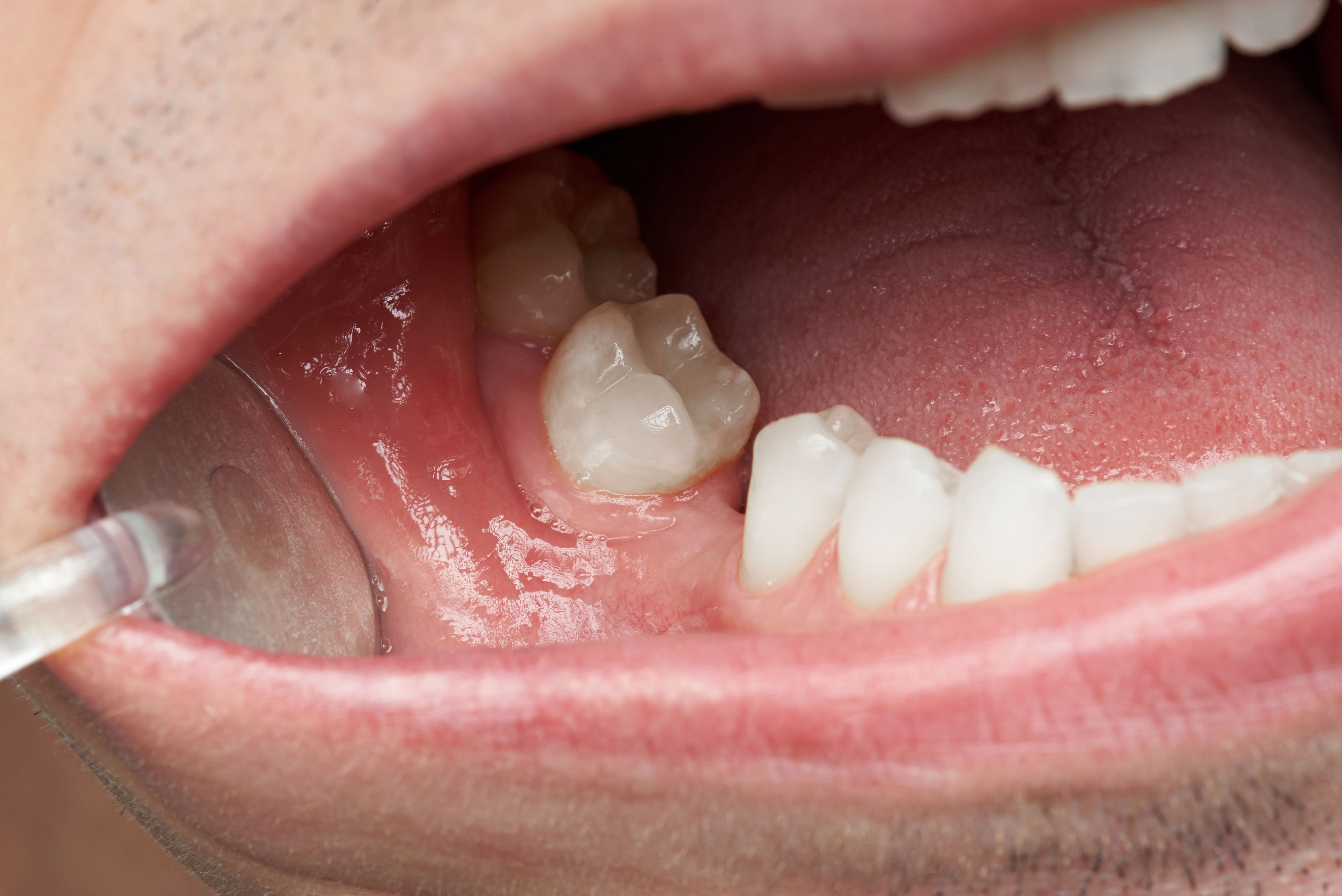
But the team is not going to stop there. A second experiment will focus on children aged two to seven who are missing at least four teeth due to congenital dental deficit. This illness affects millions of children globally, and there is presently no permanent cure. A third experiment will target older persons who have lost one to five permanent teeth due to environmental factors such as injury or disease. The comprehensive strategy seeks to ensure the drug's efficacy across age ranges and circumstances.
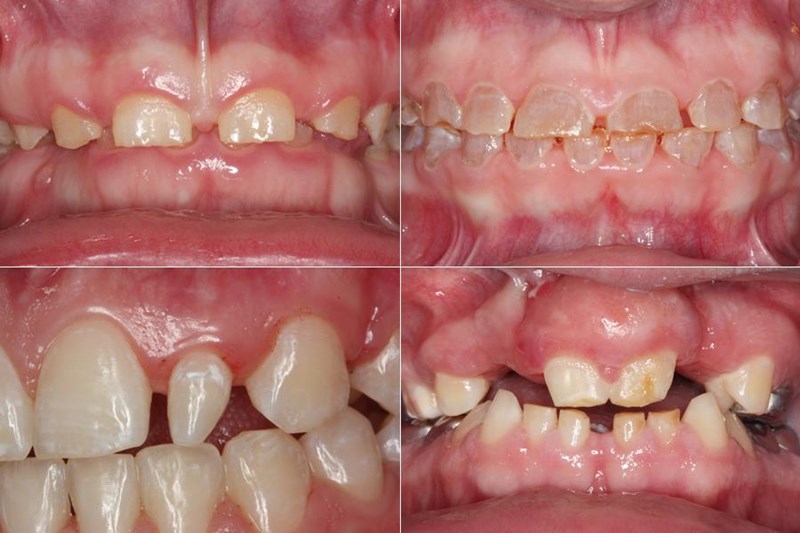
Double Edged View:
If these studies are successful, the consequences are huge. By 2030, we could have an easily available solution for all forms of toothlessness, changing dental care and increasing the quality of life for millions. This is especially significant given that teeth, unlike bones, cannot naturally regrow once damaged or lost. While bones have the remarkable ability to heal and regenerate, teeth have always lacked this crucial trait - until now.
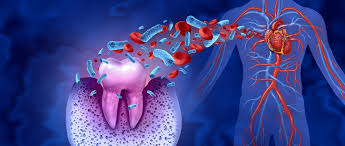
This innovative therapy could mark the end of dentures and dental implants. Imagine a world where losing a tooth is no more alarming than a scraped knee. Not only would this minimize the stigma and inconvenience associated with tooth loss, but it would also have major health benefits. Tooth loss is linked to several disorders, from difficulties in eating and speaking to higher chances of other health problems like heart disease.
The Way to Regrowth
Takahashi's journey to this point has been long and difficult. Since 2005, he has been researching the possibility of regenerative medicine to treat tooth problems. Recent advances in allied sectors, such as regenerative dental fillings and stem cell technologies, have prepared the way for this breakthrough. These techniques have shown promise in mending sick teeth and regenerating dental tissue in youngsters, but none have provided a comprehensive cure to tooth loss—until now.
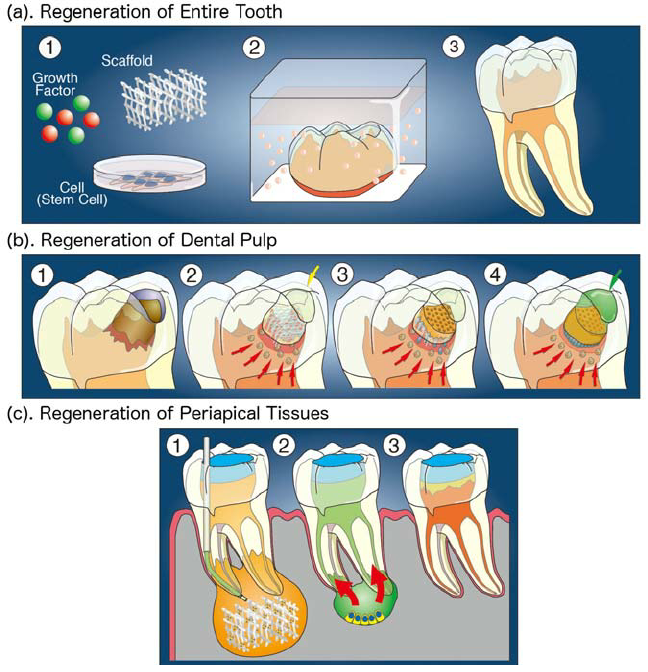
The invention of this tooth-regrowing medication demonstrates the power of tenacity and creativity. Takahashi and his colleagues achieved something truly innovative by merging cutting-edge genetic research and practical medicinal applications.
Brushing Off the Old Ways.
While the potential of a tooth-regrowing medicine is thrilling, it does not imply we should abandon our toothbrushes just yet. Good oral hygiene will remain crucial since the new teeth will require as much care as the old ones. Furthermore, no dentist, no matter how modern dental medicine grows, is likely to prescribe an all-candy-bar diet.
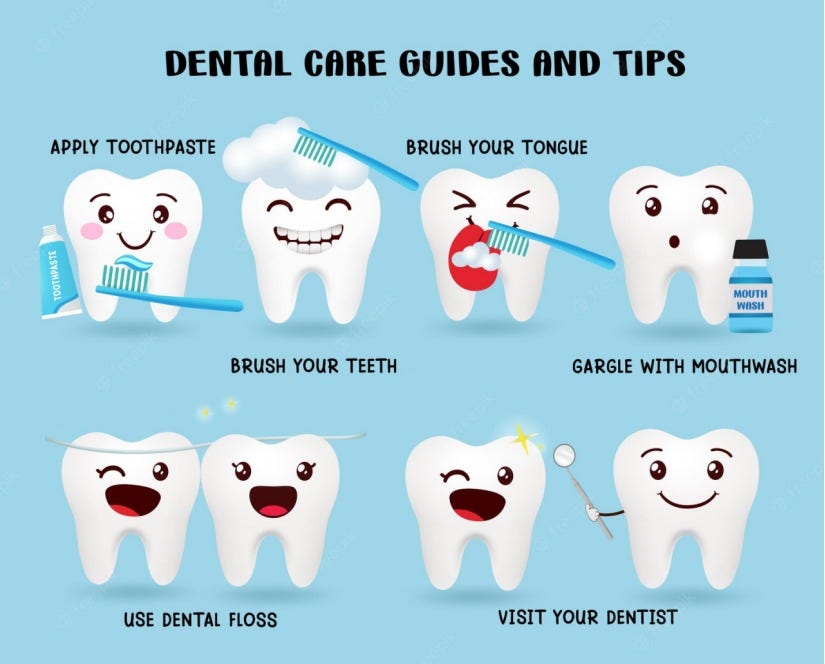
However, the ability to regrow teeth could significantly alter dental care practices and eliminate the necessity for intrusive surgeries. It may also reduce the cost of dental care, making it more accessible to those who are currently unable to pay it.
To maintain your teeth healthy, take the following steps:
- Brush twice every day, use fluoride toothpaste and a soft-bristled toothbrush.
- Flossing every day helps to remove plaque and food particles from between your teeth.
- Limit sugary foods and beverages. Reduce the likelihood of cavities.
- Avoid tobacco products. Smoking and chewing tobacco are harmful to one's oral health.
- Eat a balanced diet. Include lots of fruits, veggies, and dairy.
- Visit your dentist regularly: Schedule check-ups and cleanings at least twice a year.
- Use mouthwash. Helps to decrease plaque and keep fresh breath.
- Wear a mouth guard. Protect your teeth during sports or if you grind them at sleep.
- Check for the American Dental Association (ADA) seal, which confirms that the toothpaste is both effective and safe.
- Avoid using aggressive abrasives. To avoid enamel wear, ensure that the toothpaste is not overly abrasive.
- Brush for two minutes, spending approximately 30 seconds on each quadrant of your mouth.
- Use gently circular motions. To keep gums healthy, avoid harsh washing.
A Future Full of Smiles
The transition from lab to clinic is often difficult, but the enthusiasm for this research is apparent.

Takahashi stated:
"We want to do something to help those who are suffering from tooth loss or absence,"
"While there has been no treatment to date providing a permanent cure, we feel that people's expectations for tooth growth are high."
As we wait for the findings of these revolutionary experiments, the ideal of a future without tooth loss feels closer than ever. The potential influence on dental health and overall quality of life is huge, and expectations are growing. In a few years, we might find ourselves in a world where the Tooth Fairy's job is less difficult, and smiles are brighter and more confident. Here's to a future filled with genuine
Inputs: Agencies
Image Source: Multiple Agencies
ⒸCopyright 2024. All Rights Reserved Powered by Vygr Media

